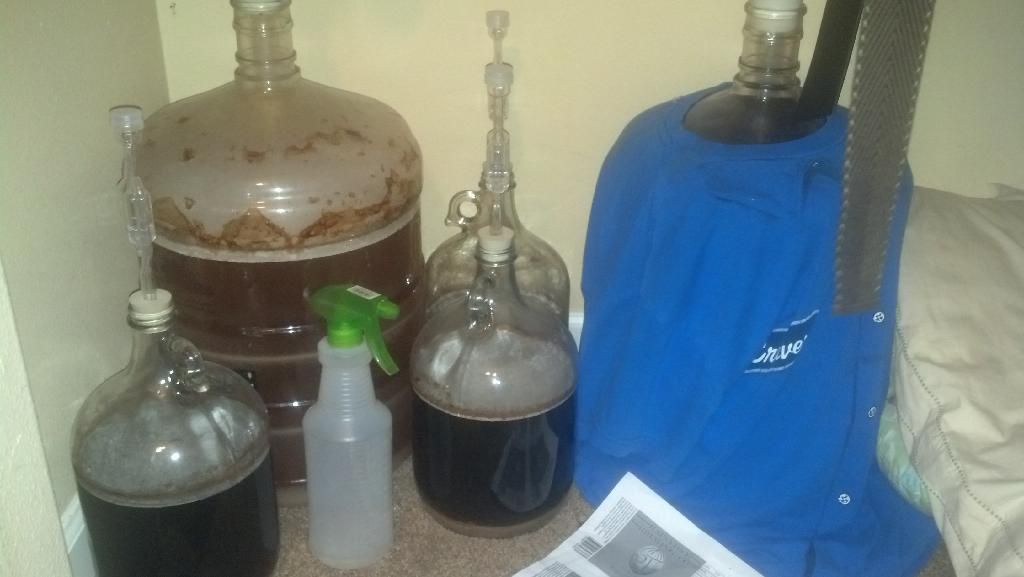I brewed a batch of this about 14 months ago. I used the Wyeast Lambic blend and have not added any bottle dregs.
I'm about ready to rack onto a couple pounds of sour cherries. My question is about the yeast cake in the primary.... Is there anything useful or interesting that I can do with it? Should I save some of it to sour up future beers?
My next sour beer (using same primary bucket) will probably be a flanders red/brown using the Roselare blend. I haven't worked up the recipe yet.
I'm about ready to rack onto a couple pounds of sour cherries. My question is about the yeast cake in the primary.... Is there anything useful or interesting that I can do with it? Should I save some of it to sour up future beers?
My next sour beer (using same primary bucket) will probably be a flanders red/brown using the Roselare blend. I haven't worked up the recipe yet.


 if you have the room of course. if not, i'd get a mason jar and fill it up and use it as soon as you can.
if you have the room of course. if not, i'd get a mason jar and fill it up and use it as soon as you can.

